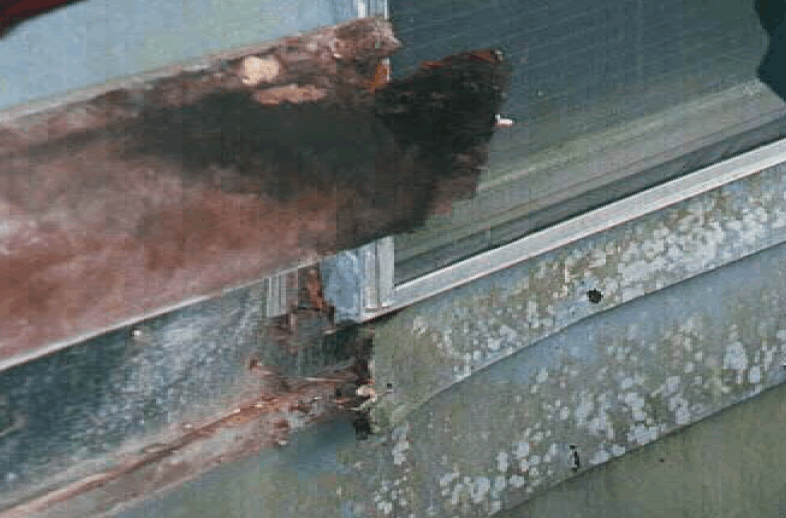Charles W. Graham, Ph.D., AIA1
1Mitchell Endowed Professor Department of Construction Science Texas A&M University College Station, Texas 77843-3137, USA 979-845-0216 cwgraham@archone.tamu.edu
ABSTRACT
Exterior insulation and finish systems (EIFS) have found widespread use since they were introduced in the United States and Canada in 1969. To date, most residential EIFS applications have been surface barrier designs attached to wood framed structures. The United States’ Council for Masonry Research sponsored a research study of the performance of residential EIFS applications in three locations with different climates: Houston, Texas, which has a hot-humid climate; Denver, Colorado, which has a temperatedry climate; and Chicago, Illinois, which has a moderate-damp climate. A random analysis of applications was also performed on over thirty buildings in ten additional cities around the United States. The majority of the buildings inspected had enough water leakage past the EIFS to cause problems for their owners. Water leakage past the EIFS can cause rot or corrosion of structural components, and support mold growth in or on building materials. Historical experience from Europe, however, has shown that surface barrier EIFS perform better in certain applications when applied over properly designed masonry structures. This paper presents a summary of the research findings and offers suggestions for correctly designing masonry substrates for EIFS claddings in locations with hot-humid climates and high rainfall rates.
Keywords: claddings, exterior insulation and finish systems, EIFS, masonry wall design, water management, water leakage, hot-humid climates
HOUSES09



